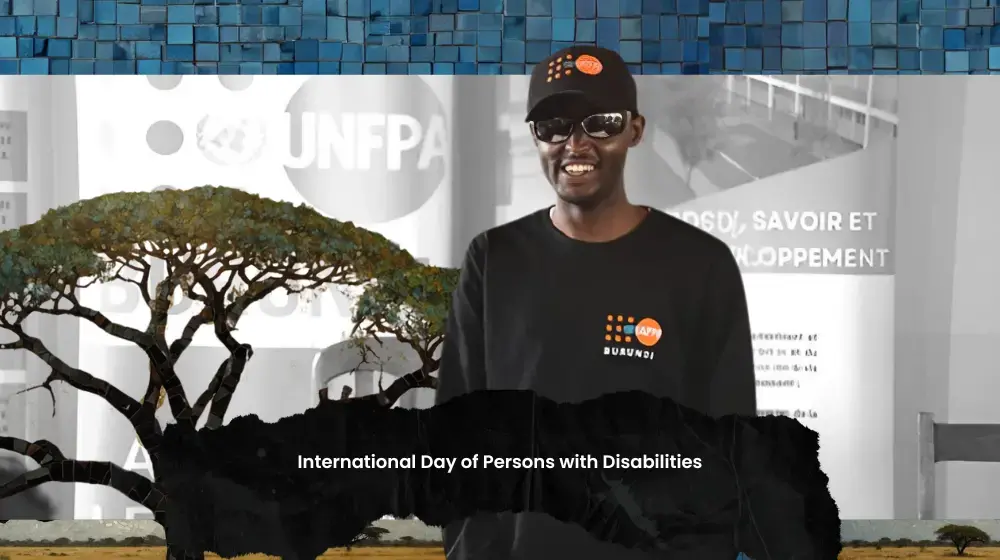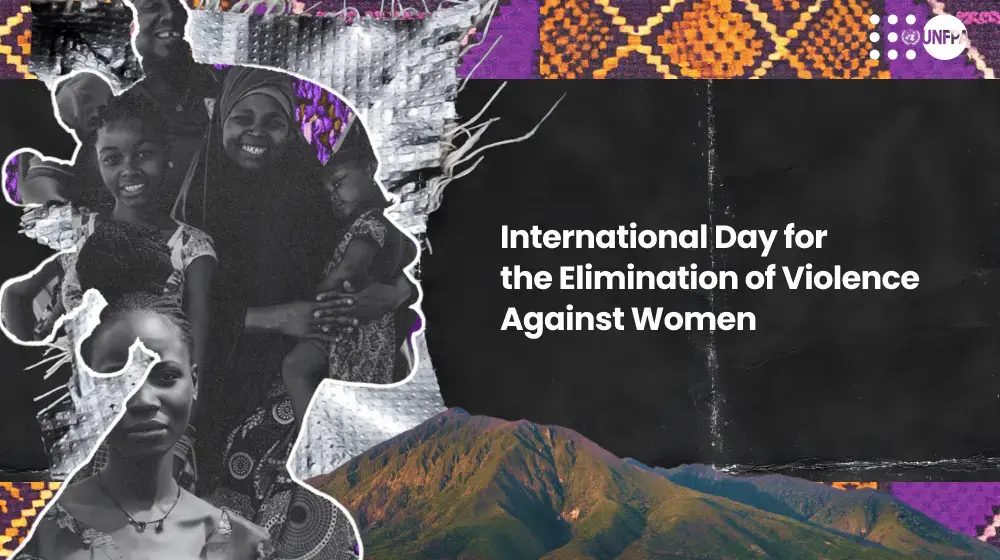LUSAKA, Zambia - “I have seen girls become pregnant, become victims of violence and become HIV-positive, and I don't want to become one of those girls,” says Lydia Mwelwa, aged 13 years.
“I’m happy they have taught us in school how we girls can protect ourselves,” she says.
A student at Kabulonga Basic School in Lusaka, Zambia’s capital, Lydia is benefitting from UNFPA-supported comprehensive sexuality education (CSE).
Challenges facing youth in Zambia
Adolescents, especially girls, face a number of sexual and reproductive health and rights challenges in Zambia. Persistent barriers in access to adolescent-friendly health services result in high teenage pregnancy rates (29 per cent), high HIV rates among young adults aged 20-24 years (9 per cent among females and 2 per cent among males), and high child marriage rates (31 per cent, reduced from 42 per cent in 2007).
For a long time, learners have been hungry for information that is now being delivered through CSE in school.
Emade Sakala is head teacher at Kabulonga Basic School. “For a long time, learners have been hungry for information that is now being delivered through comprehensive sexuality education in school,” he says.

Collaborating to support CSE for youth
CSE was integrated into the national education curriculum for grades 5 to 12 and launched nationally by the Ministry of Education in 2014.
UNFPA, the United Nations Population Fund, in collaboration with UNESCO, is strengthening government capacity to deliver CSE at classroom level through face-to-face and online training of teachers.
Capacity building on CSE has also been extend to health-care workers to link CSE with demand and uptake of sexual and reproductive health (SRH) and HIV services among young people.
Zambia’s CSE curriculum covers six thematic areas: relationships; values, attitudes and skills; culture, society and human rights; human development; sexual behaviours, and sexual and reproductive health. Teachers are trained using interactive and participatory methods to guide learners through discussions, team work and role plays.
The CSE curriculum is taught under the subjects of Biology, Civic Education, Home Economics, Integrated Science and Religious Education.
We have seen a significant shift in gender norms among the students. We see critical thinking, confidence, assertiveness, communication, respect for others, and responsible sexual behaviours.
CSE is changing gender norms
The teachers’ hard work in communicating CSE to improve sexual and reproductive health and rights among learners is paying off.
“We have seen a significant shift in gender norms among the students,” says Chipo Chisango, a teacher at Twalumba Primary School in Lusaka. “We see critical thinking, confidence, assertiveness, communication, respect for others, and responsible sexual behaviours.”
The benefits of this education are substantial. Young people empowered with CSE are expected to delay sexual debut and have increased knowledge on SRH, and reduced HIV infection and teenage pregnancy.
By Precious Zandonda





